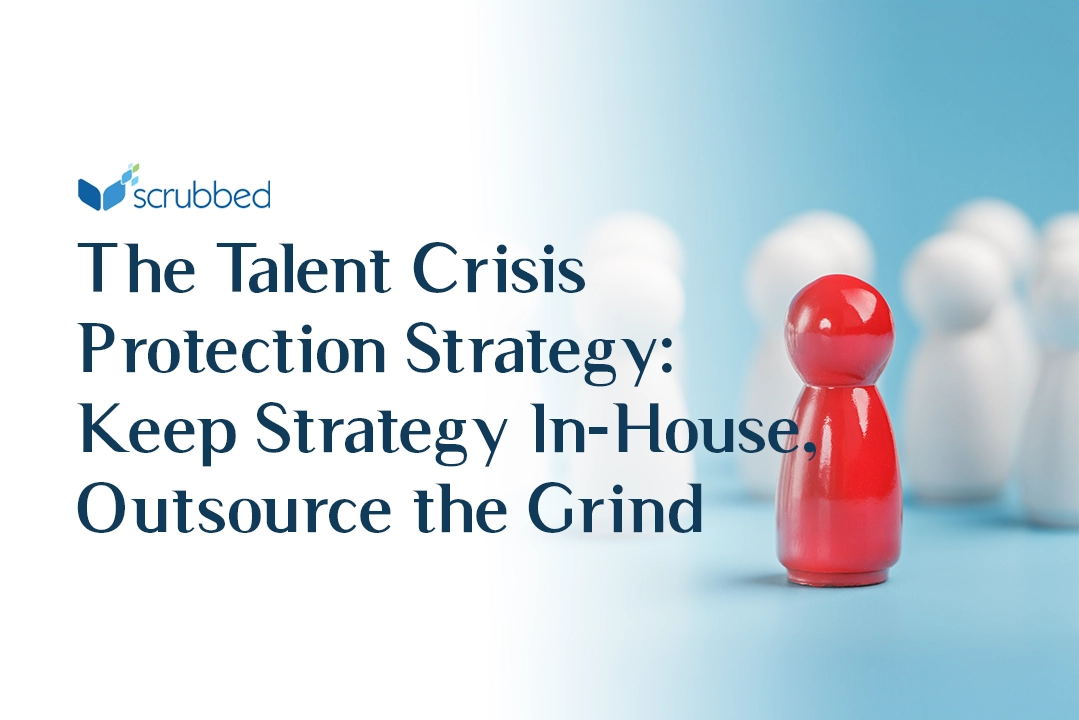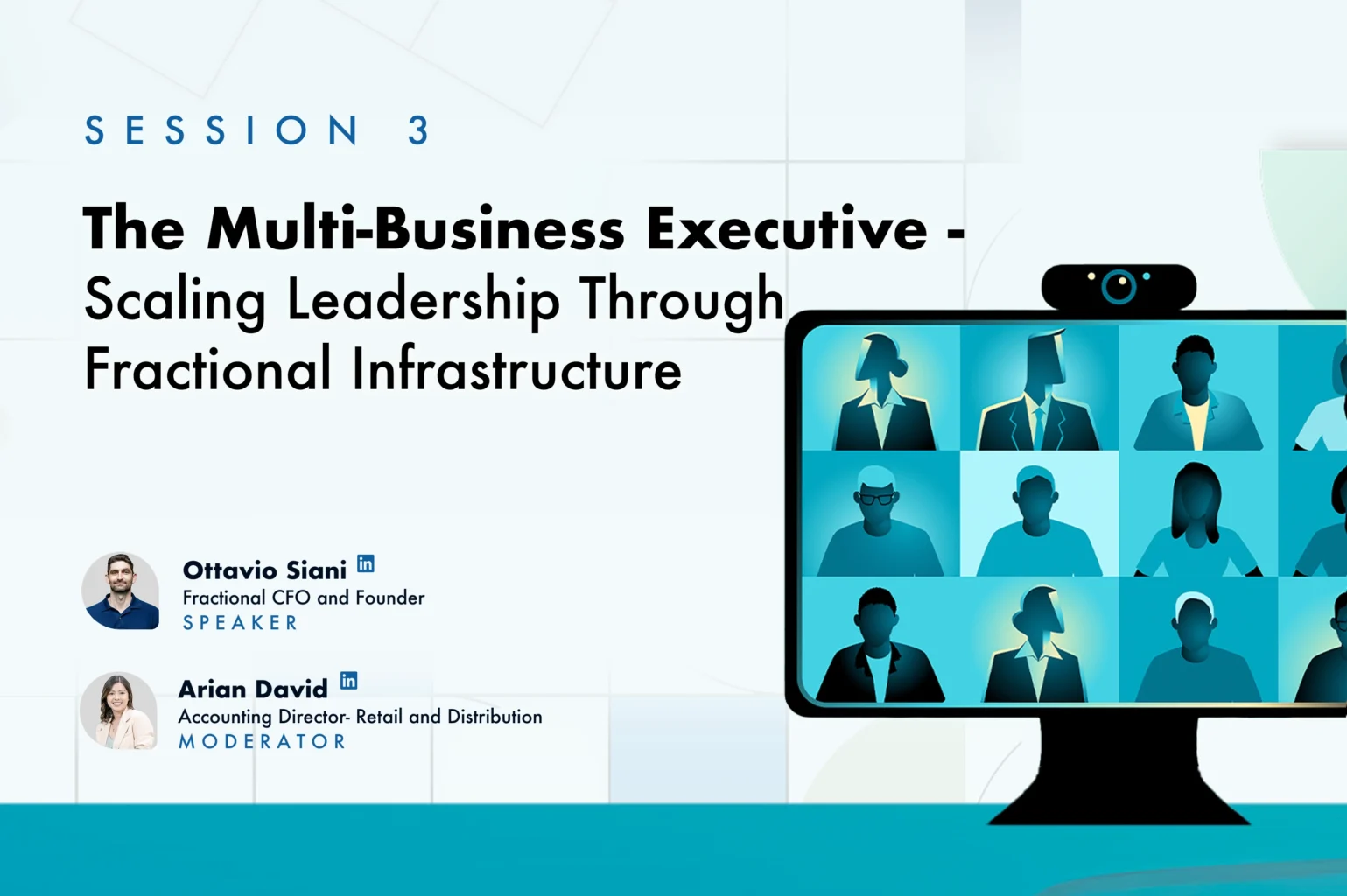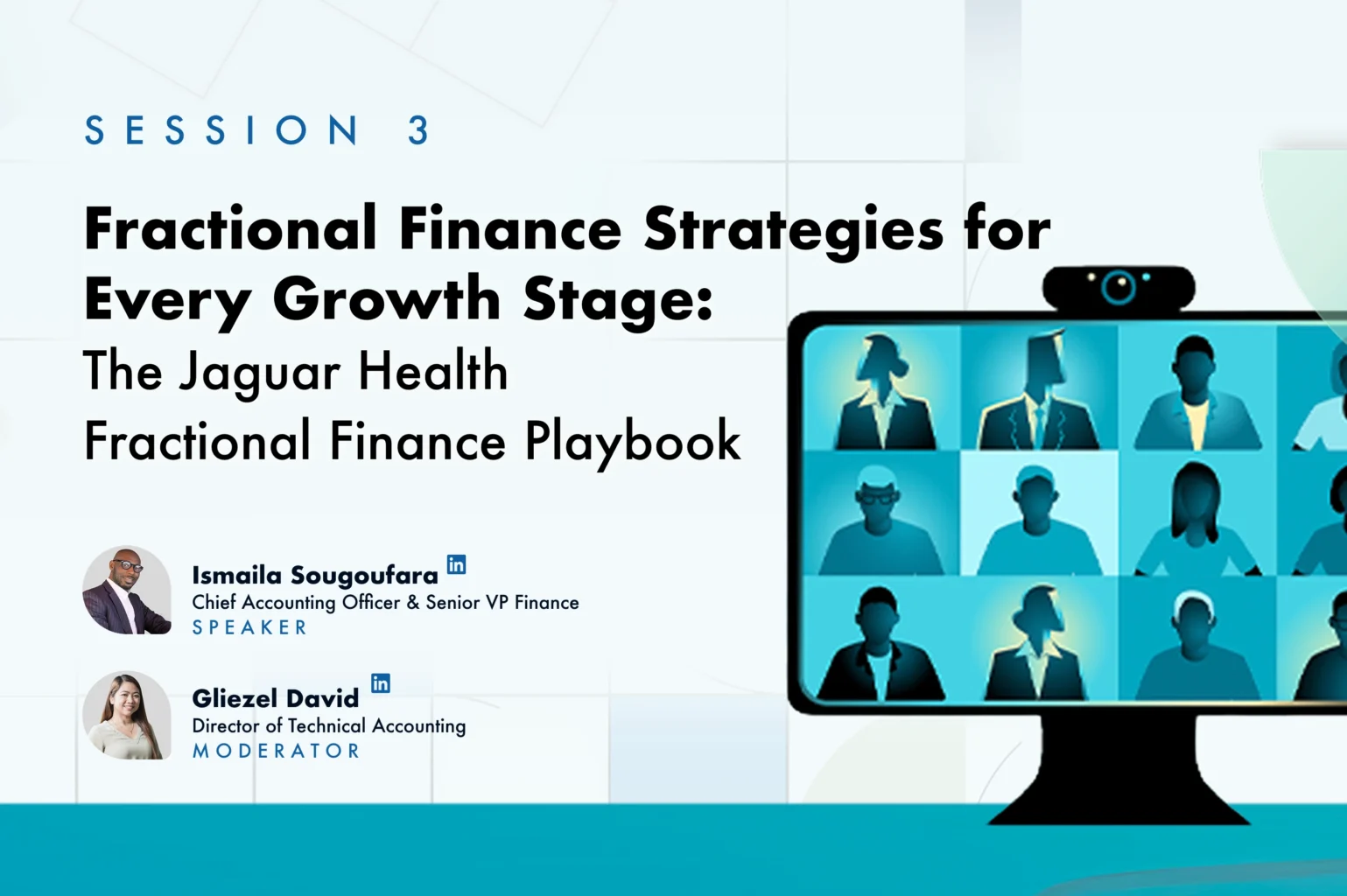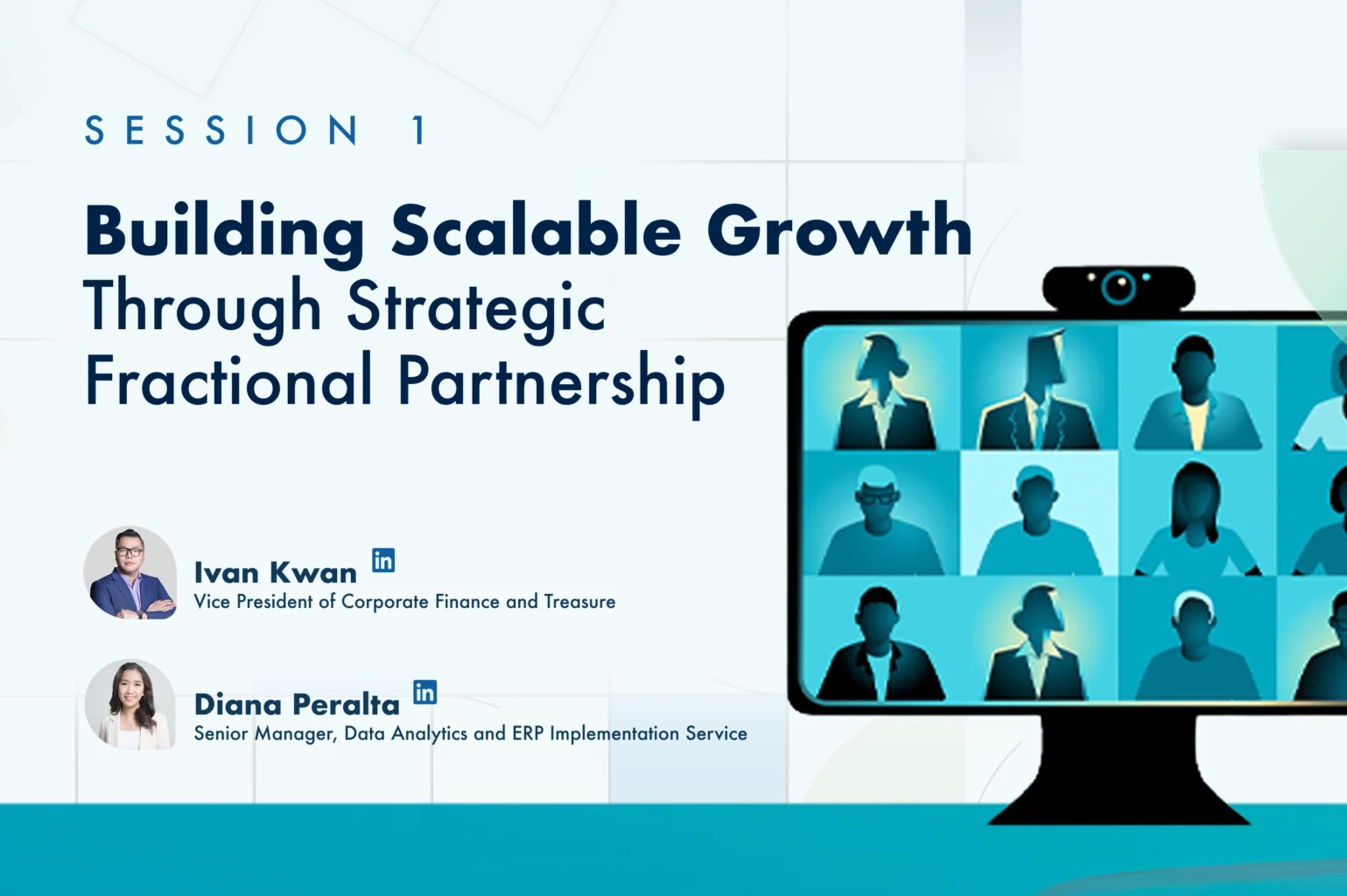Your organization does great things, and you know that keeping a tight grip on costs and expenses is key to achieving your mission. With limited resources, non-profits like yours are constantly facing the challenge of balancing the reach and impact of their services and programs with ensuring financial stability and sustainability.
The good news is, there are ways to manage costs and expenses that can help you make the most of what you’ve got. In this article, we’ll share cost management and expense control techniques that’ll empower you to better serve your mission.
Three must-know cost management techniques
First, let’s start with three critical cost management techniques every non-profit organization should be using to maximize its impact.
1. Budgeting
Budgeting is a big part of making sure your non-profit is financially healthy. Think of it like a map for your money—it helps you plan for the future and see where you’re at now. In the beginning, budgeting can be tedious, but it’s a game-changer with the right approach.
The first step is building a budget. Budgeting looks different for every organization, but you might like to start with a ready-made template. This will provide a solid foundation you can edit and adapt to meet your needs. Be sure to include all your main revenue sources and basic expenses like personnel costs, office expenses, and travel. Start with your fixed and necessary costs—the must-haves your organization needs to function. By prioritizing these costs first, you can ensure financial viability and make informed decisions on allocating your remaining resources.
Once you have a budget in place, track your expenses. You can use budget tracking software, an app, or a spreadsheet. By keeping a close eye on expenses, you can quickly identify areas where you are over or under budget.
Finally, you’ll need to adjust your budget if your needs change. So, review your budget regularly and compare it to your actual expenses. This will help you see where you might need to cut back or where you can reallocate funds. From there, you can ensure you’re making the most of your resources and staying financially healthy.
2. Forecasting
Forecasting is the process of estimating future events or conditions based on historical data and current trends, and it’s a powerful tool that non-profit organizations can use to make decisions.
Start by assessing historical data. Look for past patterns and trends that give you an idea of what to expect moving forward. This information can help you make accurate projections and prepare yourself for any unexpected bumps in the road. For example, if you notice that a certain expense has been increasing over the past few years, you can anticipate that it will continue to do so in the future and plan accordingly.
Forecasting is also great for identifying and mitigating risks. By projecting future costs and income, you can get a sense of potential financial risks and take steps to address them before they become a problem. For example, if your forecast suggests that revenue will be lower than anticipated, you can take action to increase fundraising or reduce expenses. Or, if you expect that a specific fee will be higher than usual, you can plan to minimize that expense or find additional sources of income.
Forecasting can be a bit of a tricky process, but it’s well worth the effort. By taking the time to forecast your organization’s financial situation, you can make better budgeting and resource allocation decisions and help ensure that your organization is financially stable and equipped to have the greatest positive impact.
3. Cost-benefit analysis
Cost-benefit analysis is a technique that evaluates the potential costs and benefits of different projects or initiatives. It’s a way to determine whether the benefits of a particular project or initiative outweigh the costs and whether it’s worth the investment of time, money, and resources.
When conducting a cost-benefit analysis, consider both the monetary and non-monetary costs and benefits:
• Monetary costs include things like expenses, labor costs, and materials, while non-monetary costs include things like the volunteer time and effort required to complete the project or initiative.
• Monetary benefits include things like revenue or savings, while non-monetary benefits include things like improved community relations or increased social impact.
To evaluate the potential benefit of an initiative, you’ll first need to gather data. This might involve doing research, conducting surveys, or consulting with experts. Then, you’ll need to directly compare the costs and benefits to determine whether the benefits outweigh the costs. Keep in mind that non-monetary costs and benefits can be challenging to quantify.
Finally, take the time frame into account. Some benefits may be immediate, while others may be realized over a longer period. Similarly, some costs may be upfront, while others may be ongoing.
Controlling your expenses
In addition to cost management, expense control is another integral aspect of financial management for non-profit organizations. It’s essential to keep expenses in check to ensure that your organization has enough resources to carry out its mission and achieve its goals.
Here are a few tips to help you get a handle on your expenses:
Review expenses regularly: Take a close look at where you’re spending money and ask yourself if there are any areas where you can cut back. Maybe you’re paying for subscriptions that aren’t being used, or perhaps you’re purchasing more supplies than you need. By identifying and cutting unnecessary expenses, you’ll be able to free up more resources for your organization’s mission critical activities.
Negotiate with vendors: When buying goods and services, shop around to find the best deals. Vendors are often willing to adjust their prices, too. By being prepared to negotiate and clearly understanding what you need and what you’re willing to pay, you can often secure cheaper prices on the products and services you need.
Evaluate outsourcing: Outsourcing can be a cost-effective way to get work done, as it allows you to access specialized expertise and resources without having to hire full-time employees. However, evaluating the costs and benefits of outsourcing different tasks or functions is essential to ensure it’s the best option for you.
By reducing unnecessary expenses, negotiating with vendors, and outsourcing, you can increase your financial stability and better serve your mission.
Technology and tools for money management
If your organization is like most non-profits, you’re always looking for ways to stretch your budget as far as possible. Technology is one solution, making managing your costs and expenses easier than ever. From accounting software to expense-tracking apps, there are so many options to choose from. How do you know which ones are right for your organization?
First, consider the type of tool you need. Accounting software, for example, can help you track your income and expenses, create financial reports, and even send invoices. On the other hand, expense tracking apps are great for keeping track of costs as they happen. Some apps will even help you categorize expenses and create reports.
Then, think about any specific challenges you have. For example, if you’re a small organization with a limited budget, look for free or low-cost options. But if you’re a larger organization with a lot of transactions to track, you might need more robust software. In addition, consider your employees or volunteers. Are they tech-savvy? It’s important to ensure the software you choose is accessible and user friendly.
As more donors and stakeholders look for transparency and accountability, some nonprofits are also beginning to explore ESG reporting services as part of their long-term strategy to enhance trust and demonstrate impact. This is something we also see with industries that rely heavily on specialized expertise, such as those seeking biotech accounting services, where compliance and transparency are essential.
You might also like: 4 New Ways to Improve Your Nonprofit Financial Reporting
Are you financially efficient?
Even if you adopt every cost management techniques above, your non-profit may not be as financially efficient as it could be. The question begs: What does good look like? What’s a fair industry benchmark to aim for?
According to CharityWatch, a charity is highly efficient when it produces a program percentage of 75 percent or more. In other words, the charity successfully balances its finances and social impact when it costs less than $25 to raise $100.
Some of the top-rated charities in terms of efficiency include:
What can you learn from their success? These charities share the following characteristics:
- Full financial transparency
- Good governance, including reports that show independent accountants audited financial statements
- Independent board members, with 51 percent or more of voting board members claiming to be independent
By implementing effective financial management techniques and keeping an eye on expenses, you can optimize your resources, embrace financial transparency, and increase your efficiency.
Get started today
Managing costs and expenses is crucial for non-profit organizations wanting to make the most of their resources and achieve their goals. The good news is, it’s not as complicated as it sounds.
To get started, set clear financial goals, create a budget, and track your expenses regularly. And if you’re feeling overwhelmed, don’t worry. There’s a solution for that. Enter Scrubbed, your one-stop shop for all things accounting and finance.
We can take care of everything from bookkeeping and tax compliance to transaction advisory services, leaving you free to focus on what really matters—running your non-profit. Plus, we work with all types of organizations across a variety of industries, so no matter what stage you’re at, we’ve got you covered. Get in touch today to learn more.








